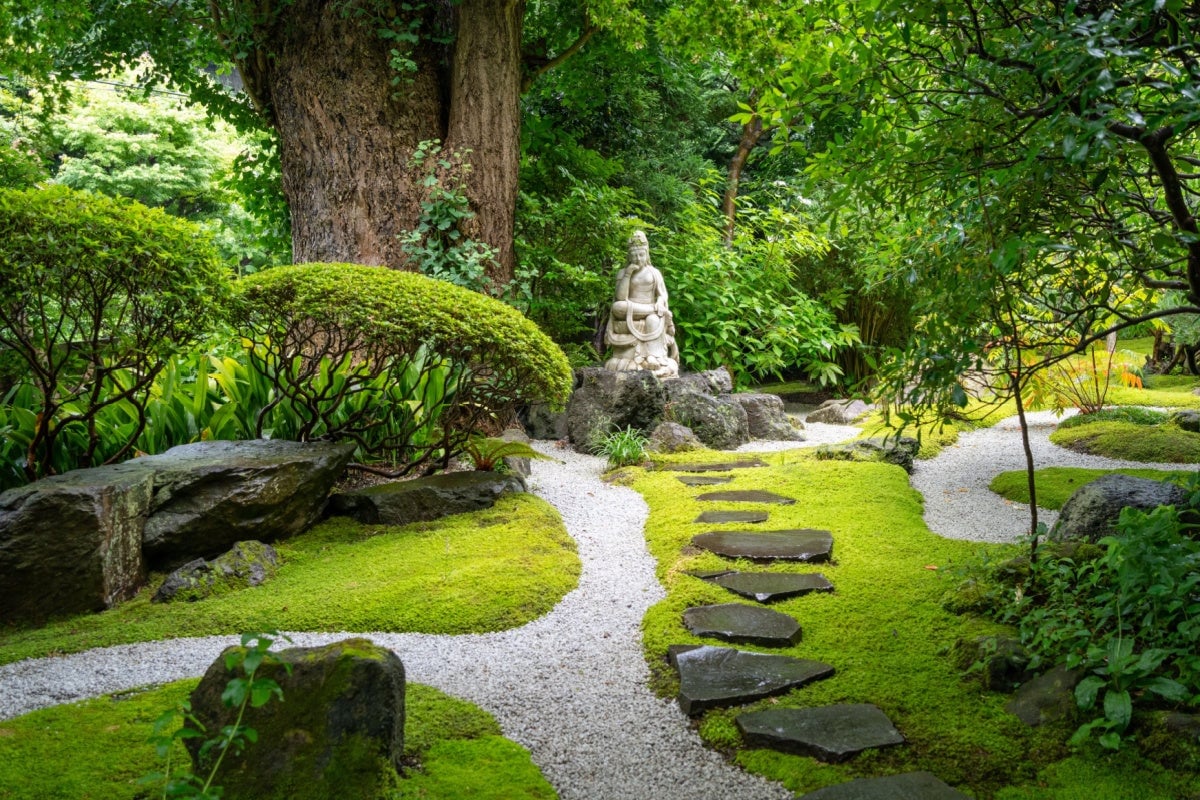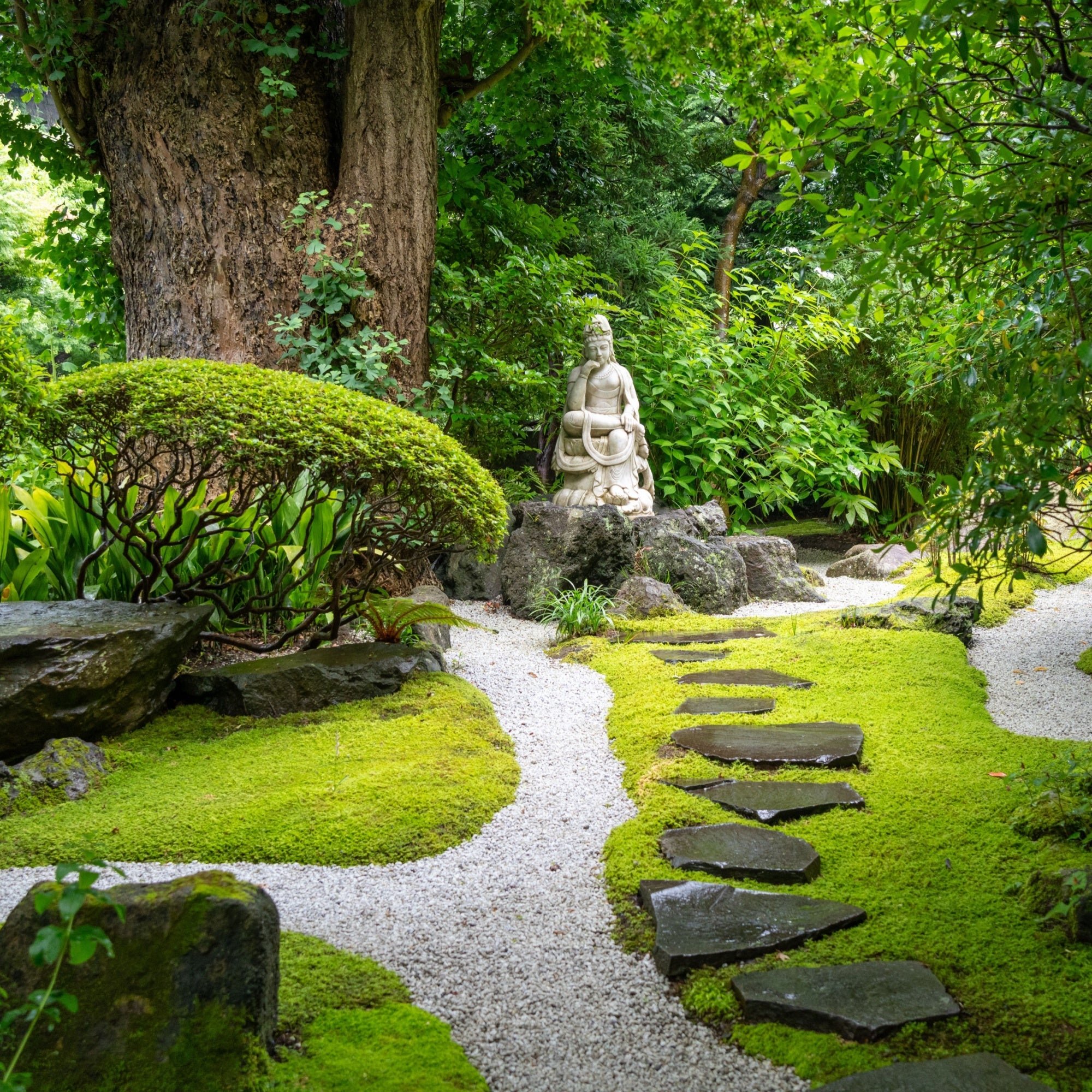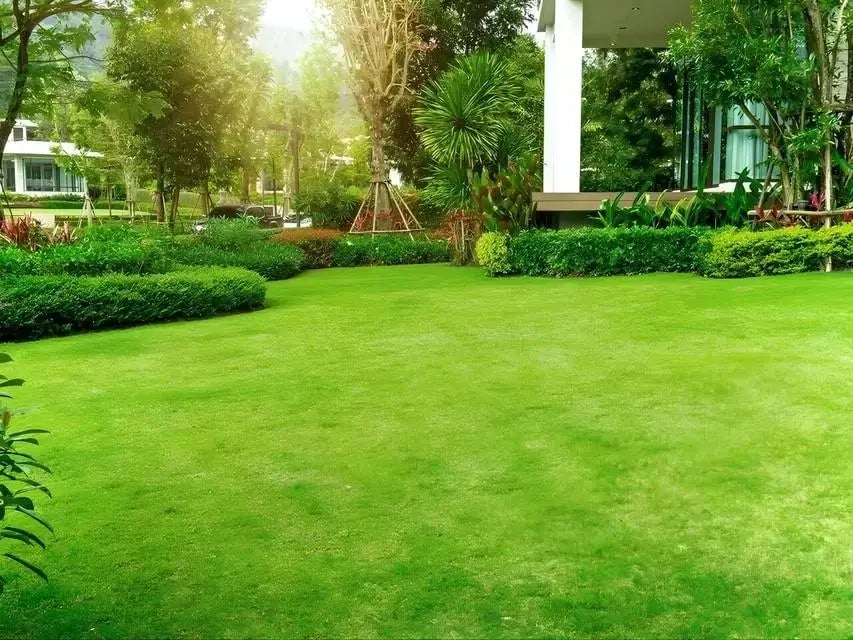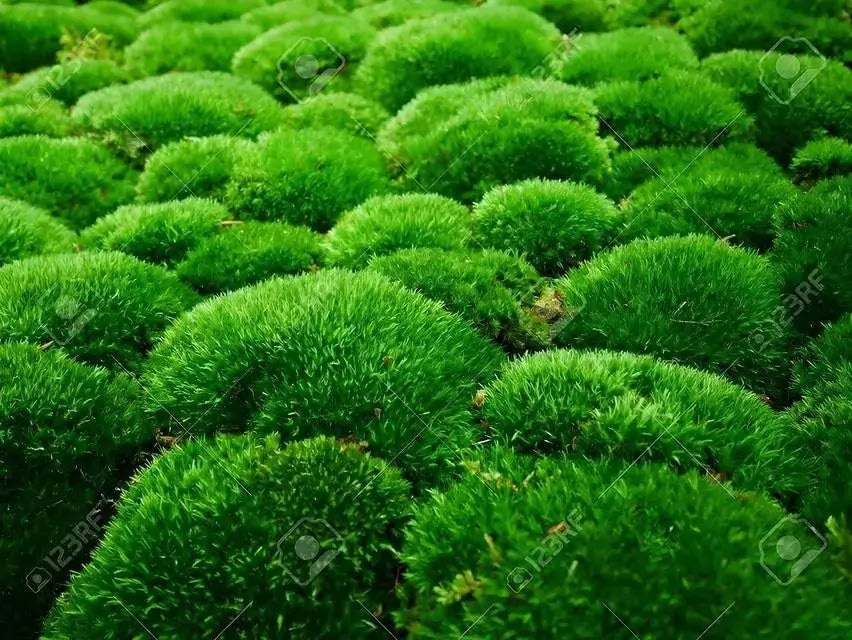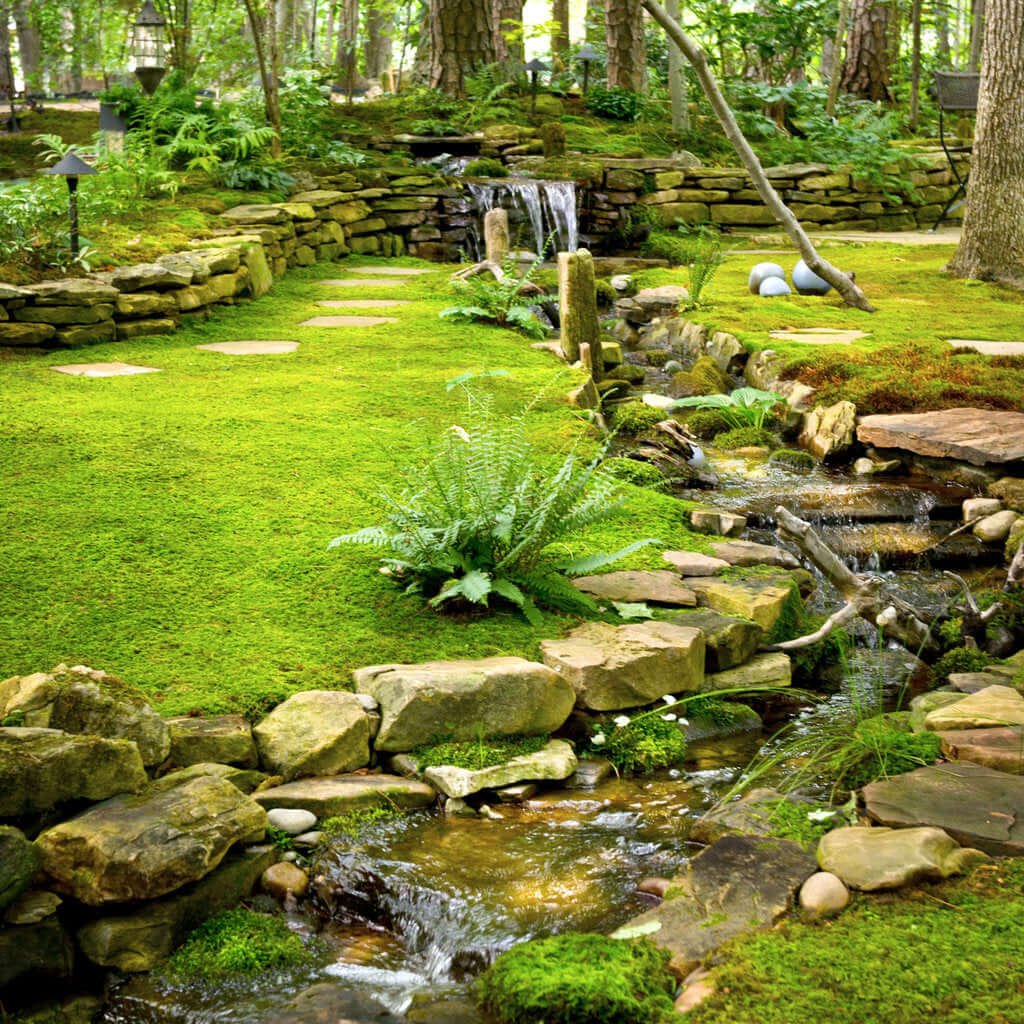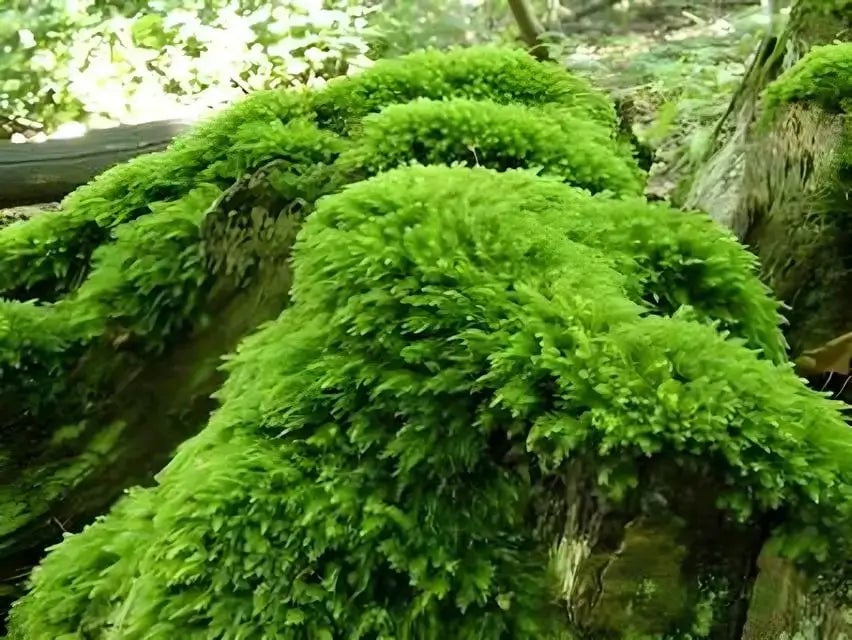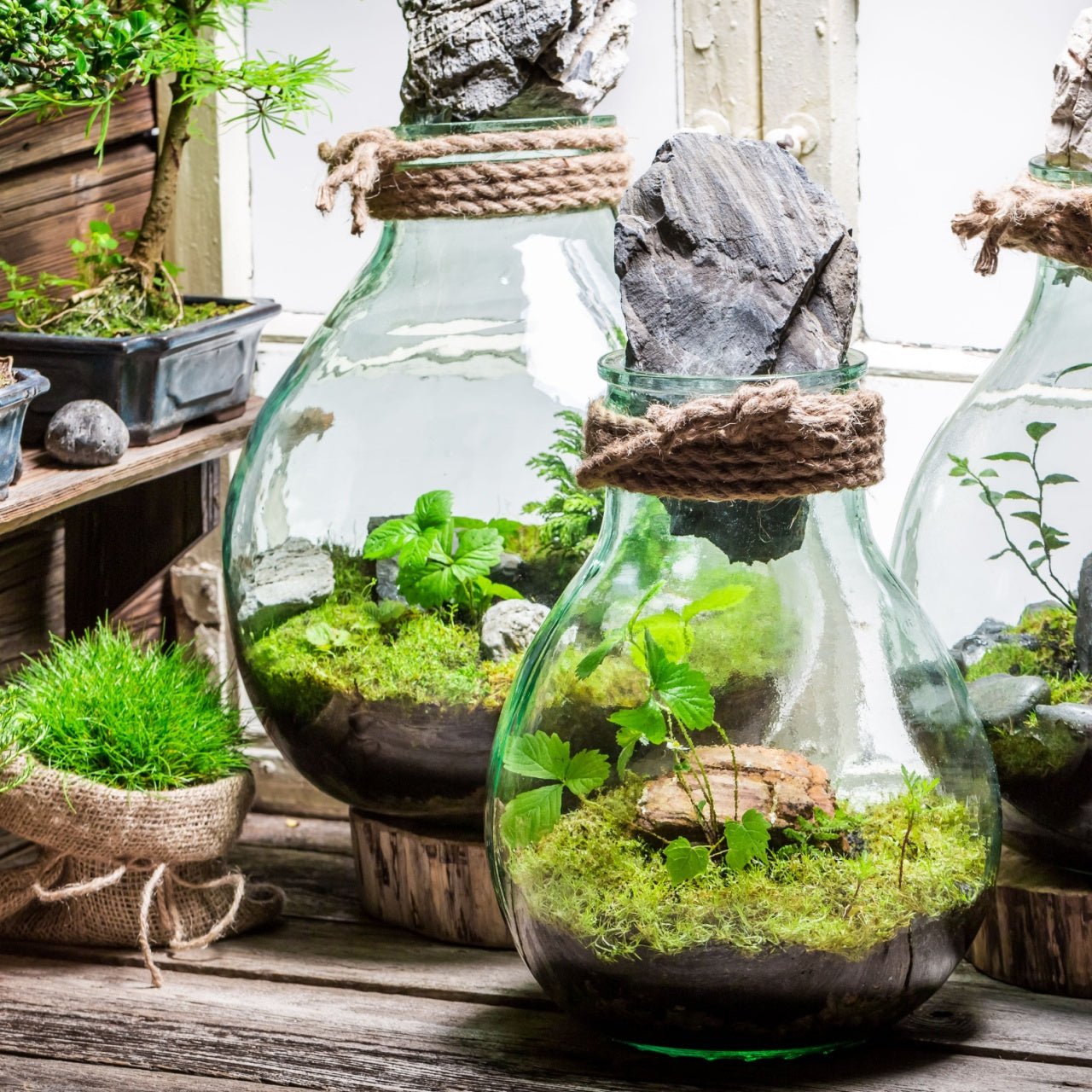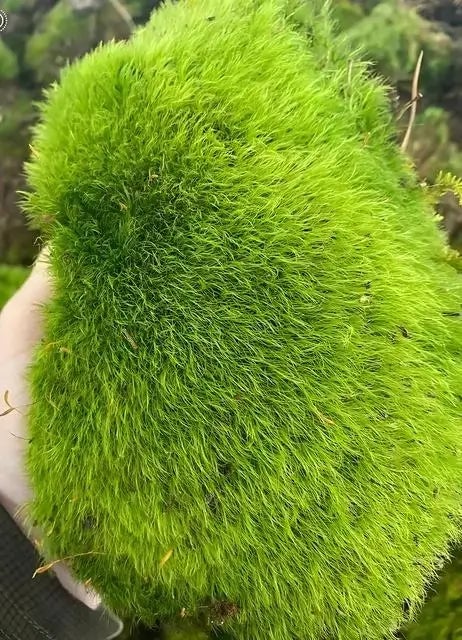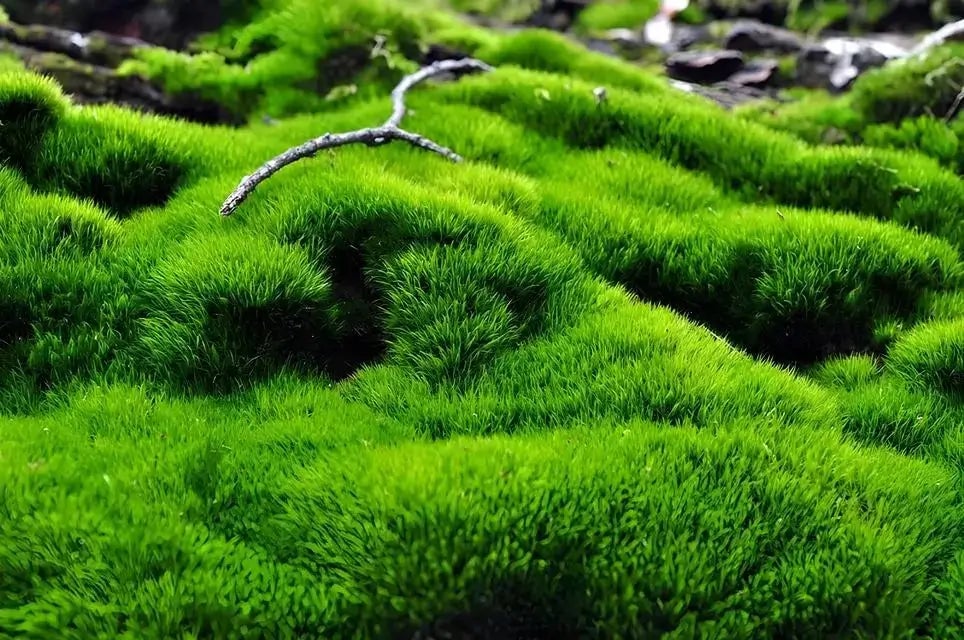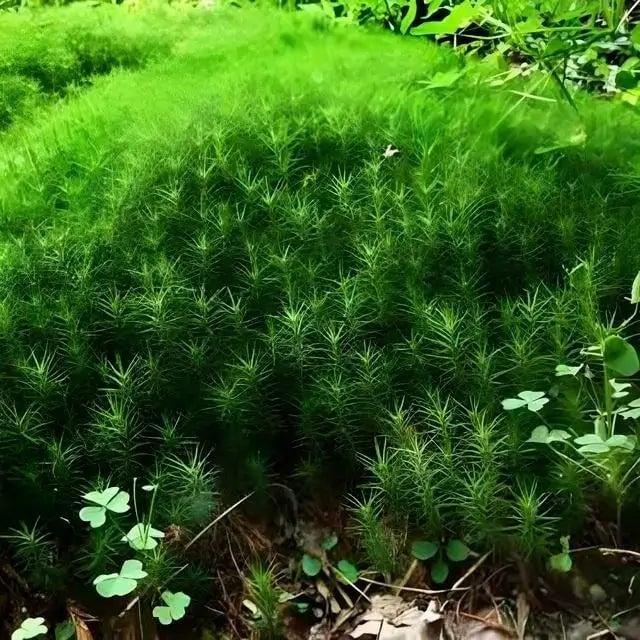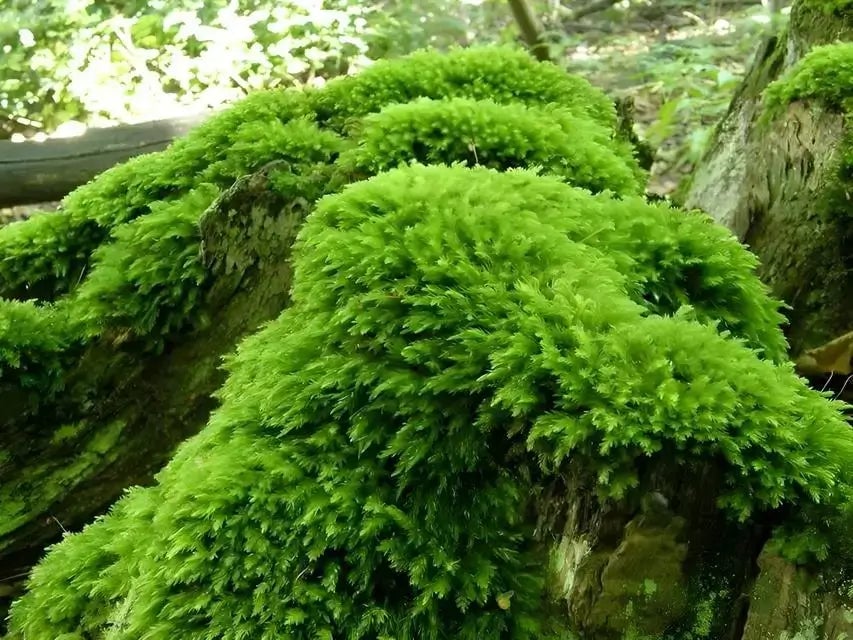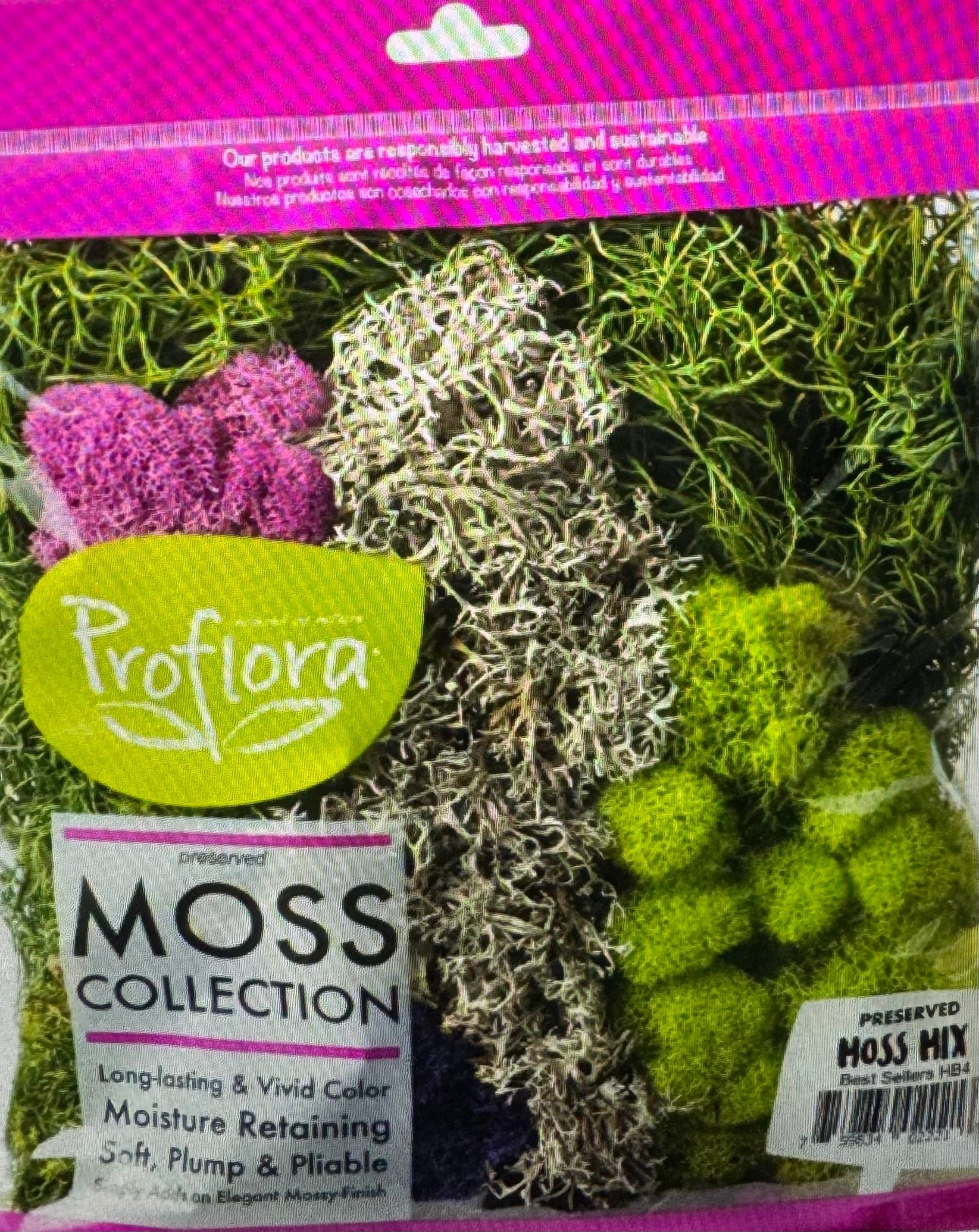Sub Collections
Filters
Filters
Moss for Sale – Soften Your Landscape with Natural Green Carpets
Few plants create a sense of calm and quiet like moss. Its velvety texture, deep green color, and ability to thrive where other plants won’t make it an exceptional choice for shaded paths, woodland gardens, and natural décor. If you’re looking for moss for sale that’s fresh, vibrant, and ready to thrive, you’ve come to the right place.
Explore Our Collection of Live Moss
At TN Nursery, we grow and harvest a variety of moss types that are perfect for home landscapes, terrariums, craft projects, and eco-friendly groundcover. Whether designing a serene backyard retreat or adding natural beauty to pots and planters, moss brings a grounding presence that’s both timeless and low-maintenance.
Our Best-Selling Moss Varieties Include:
- Cushion – Dense and springy, perfect for forest-inspired beds.
- Sheet Moss – Excellent for covering larger areas or using in craft work.
- Fern – Delicate, layered texture that looks beautiful in shade.
- Reindeer Moss – Light, airy, and great for topiary and indoor use.
Why Buy Moss from TN Nursery?
Our mosses is harvested sustainably and shipped fresh to preserve quality and vitality. It’s easy to transform hard-to-grow spaces into lush, green oases—no mowing, no fertilizers, and very little upkeep. Whether you’re working on a shaded slope or an indoor project, our moss is ready to root and thrive.
Browse our moss for sale and bring a soft, natural elegance to any space. It’s the simplest way to let nature do the decorating.
Easy to Install
Live Moss Installation
Planting live moss is simple if you start with the right spot. First, clear away any leaves, weeds, or loose debris so the moss can press flat against the surface, whether that’s soil, stone, or wood. Lightly dampen the area, then press the moss down firmly with your hands. It’s important that the bottom of the moss makes full contact.
After Planting Live Moss
After planting, mist it gently with water and keep it moist every day for the first couple of weeks. Moss doesn’t need fertilizer, it actually prefers poor soil and shade. With a bit of patience and steady moisture, it’ll take hold and begin to spread on its own.
Grow Tips
Moss Thrives in Moisture
When growing moss, the biggest key is moisture. Experts says it does best in places that stay damp and shaded most of the day. Before laying it down, press it firmly into the soil or surface so it sticks well—loose contact won’t cut it.
Moss Doesn't Require Fertilizer
I don’t use fertilizer at all; moss doesn’t like it. A light misting every day, especially at first, keeps it happy. Once it settles in, it really doesn’t need much. I’ve had the best luck just keeping it simple and letting it do its thing.

